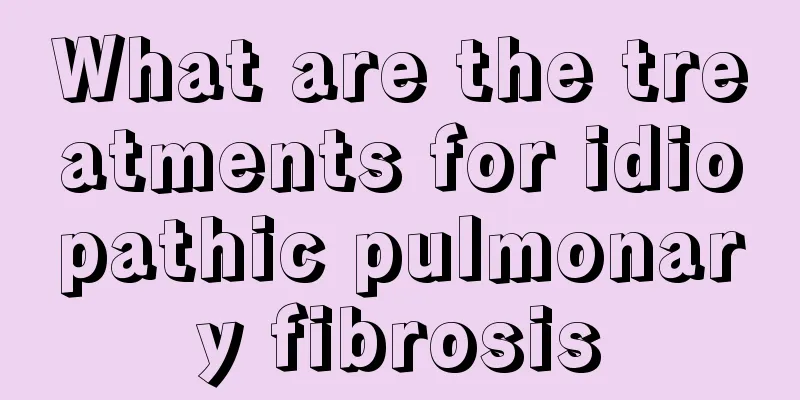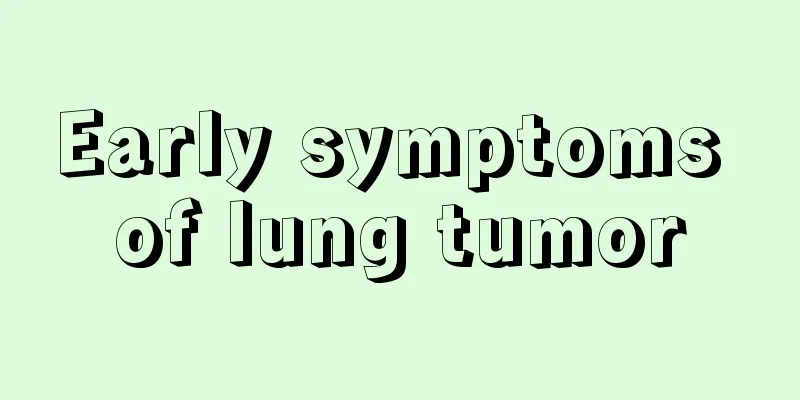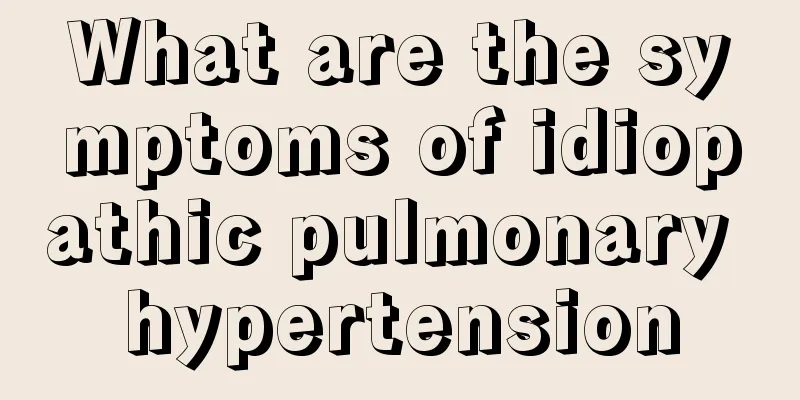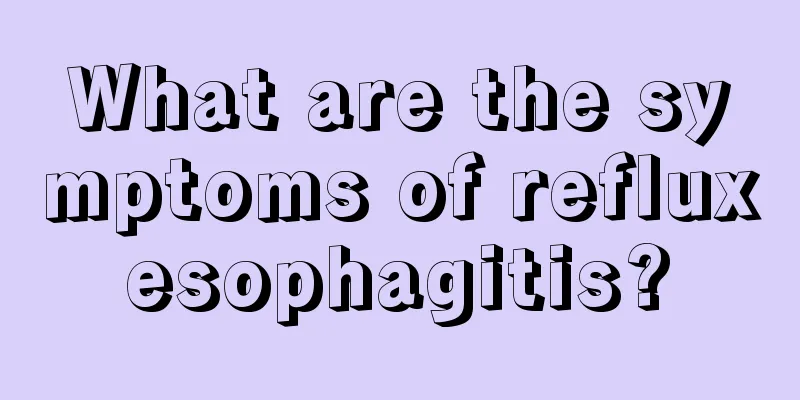What are the treatments for idiopathic pulmonary fibrosis

|
Idiopathic pulmonary fibrosis is a disease that is more common in middle-aged and elderly people. The cause of this disease is relatively complex, and the lesions are mainly in the lungs. The treatment of idiopathic pulmonary fibrosis is very important. In addition to drug therapy, physical therapy can also be used. In severe cases, lung transplantation may be required. 1. Oxygen therapy: Oxygen therapy can improve the patient's hypoxia condition. Although there is no direct evidence that oxygen therapy can affect the prognosis of IPF patients with hypoxemia, indirect evidence from chronic obstructive pulmonary disease shows that long-term oxygen therapy can significantly improve the prognosis of patients. It is recommended that IPF patients with resting hypoxemia (PaO2 <55 mmHg or SpO2 <88%) should receive long-term oxygen therapy in accordance with the indications for oxygen therapy in chronic obstructive pulmonary disease. 2. Mechanical ventilation: Most patients with IPF and respiratory failure do not receive endotracheal intubation or mechanical ventilation. Doctors should weigh the pros and cons and communicate fully with patients and their families. Mechanical ventilation may be a bridge between lung transplantation and renal cell carcinoma in a very small number of patients with IPF. Noninvasive positive pressure ventilation may improve hypoxia and prolong survival in some IPF patients. For patients with end-stage pulmonary fibrosis and poor prognosis, endotracheal intubation and mechanical ventilation are generally not recommended. 3. Pulmonary rehabilitation: Pulmonary rehabilitation is a comprehensive intervention treatment for chronic lung disease patients with symptoms and decreased ability to perform daily activities. It aims to alleviate symptoms, improve body function, stabilize or delay disease progression, and thus reduce medical costs. Pulmonary rehabilitation includes respiratory physiology therapy, muscle training (whole-body exercise and respiratory muscle training), nutritional support, psychotherapy and education. Pulmonary rehabilitation has been used to treat patients with chronic obstructive pulmonary disease and respiratory dysfunction. Although research on pulmonary rehabilitation treatment for IPF patients is limited, most IPF patients can be recommended to receive pulmonary rehabilitation treatment. The indications and prescriptions for pulmonary rehabilitation in IPF patients, as well as the effects of pulmonary rehabilitation on patients' lung pathophysiology, quality of life and prognosis deserve further study. |
<<: What are the symptoms of idiopathic pulmonary fibrosis
>>: What to do about tinnitus? Home remedies for treating tinnitus
Recommend
What is the function of toilet water?
Summer is here, and I believe many people will us...
How to treat ovarian tumors so they won't recur
How to treat ovarian tumors without recurrence? O...
Turn your home's heating tools into a therapeutic device!
With the frequent arrival of cold air, the temper...
Is it OK to eat chocolate on an empty stomach?
Chocolate is a food that is famous both at home a...
What are the side effects of facial squeezing
Nowadays, for the sake of beauty, girls will go t...
Tips to quit sweets
There are some additives in sweets that can make ...
Early symptoms of prosthesis infection
There are generally two methods of rhinoplasty in...
What to eat for lung cancer to moisten the lungs
What can you eat to nourish your lungs if you hav...
Can bronchitis be cured?
In modern society, bronchitis is a disease with a...
What color is the pulmonary effusion caused by lung cancer?
The pulmonary effusion caused by lung cancer can ...
How to prevent teratoma in winter
In fact, when the human embryo is developing, the...
Can I get pregnant if I have endometrial cancer?
Pregnancy and childbirth are sacred and great thi...
What to do if leather jacket is moldy
In life, what should you do if your favorite leat...
Are lung cancer patients prone to multiple symptoms in autumn? Doctors give lung cancer patients 4 maintenance tips
In autumn, the change in temperature often causes...
Is a slow fetal heart rate a boy or a girl?
When pregnant women are at home, they often use s...









